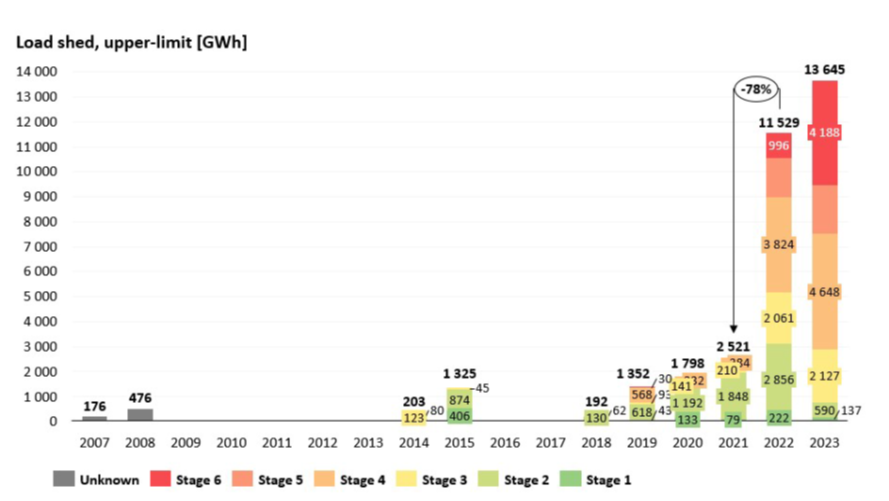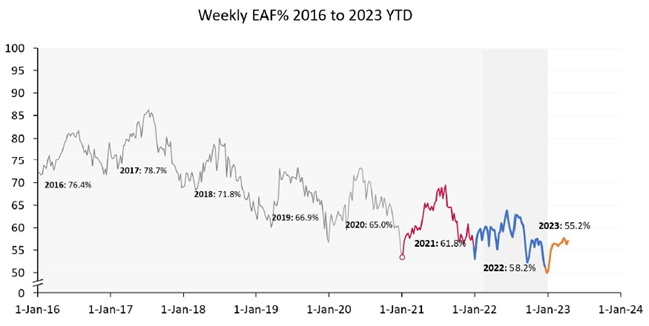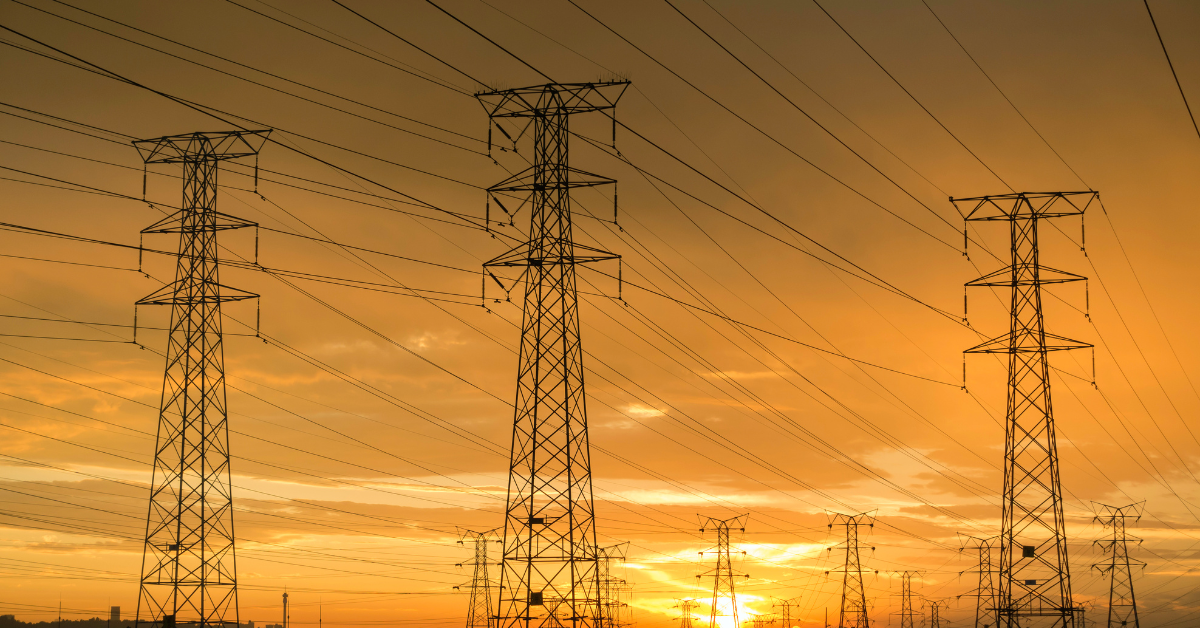Load shedding will be with us for a while, but a blackout is highly unlikely
In a presentation by Monique le Roux, Senior Researcher and Electrical Engineer at the CSIR Energy Centre, the numbers and engineering information reveal that load shedding will be around for some time yet, but the good news is that a blackout is very highly unlikely.
While the CSIR’s opinion that the risk of blackout is extremely remote, is rather different to the more dire warnings touted in the media, this good news is backed up by a thorough engineering analysis of the levels of failure protection that are in place and are regularly tested.
However, this good news does not extend to load shedding. The below graph illustrates the enormous increase from 2021 to 2022. In fact, there was more than 4x the amount of load shed in 2022 than in the previous year. This year, as at 31 May 2023, Eskom had already shed more load than in the entire 2022 year.
 Source: CSIR Energy Centre
Source: CSIR Energy Centre
The primary reason for this increase in load shedding is illustrated in the below graph of the Energy Availability Factor (EAF), which has consistently reduced over time. The peaks and troughs in the below graph reflect when the majority of Eskom’s maintenance is performed, with less being done during the middle of the year to meet the peak winter demand.

Source: CSIR Energy Centre
Eskom’s total capacity exceeds the country’s peak demand.
SA’s peak demand is only 65% of the Utility’s full capacity – ie, there should be more than enough capacity, the problem is too much downtime. This downtime will only get worse, as the coal-fired power fleet ages further. With no new capacity added between 2000 and 2015 and only a small increase from Kusile and Medupi post 2015, South Africa can expect a rapid reduction of generation capacity from 2030.
The solution will need to come from a mix of nuclear, renewable and gas turbines. Although renewable energy generation has been added to the grid from 2013, adoption by both Government and Eskom has been slow. The technology also has its own challenges, with an effective EAF in 2022 of 25% for solar and 33% for wind. Solar, in particular, is also at its lowest during winter – when demand is at its highest.
However, renewables do need to form a more significant component of South Africa’s energy mix and, with the right incentives in place, business and residential installations can make a big impact. In Vietnam, for instance, a government incentive resulted in a 1000% increase in rooftop solar over a 12 month period. The City of Cape Town is embarking on a similar strategy, which residents have embraced in their droves.
2Zero50 is finding a great deal of interest, particularly from the agriculture industry, where farms often have space for a large energy plant consisting of hundreds of solar panels and the threat of losing an entire year’s crop due to load shedding worth making the change.
On top of this, when companies have generators in place to make up for the gaps in supply from Eskom, 2Zero50’s PPA (Power Purchase Agreement) option almost always provides power at a lower cost than what is currently being paid.
By Chris Welham






